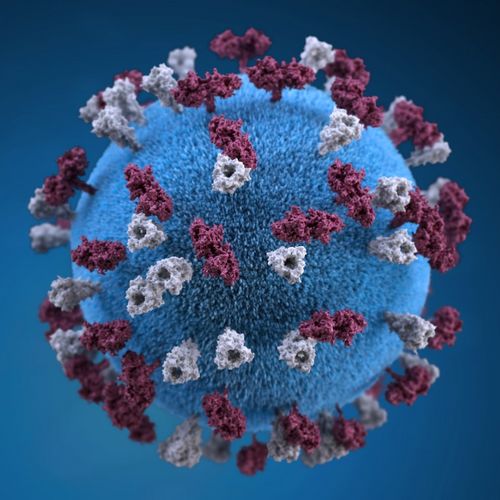New Technology Can Detect Airborne COVID-19 in Milliseconds
Jan 21, 2023 · 2 mins read
0
Share

Since 2020, the world has been scrambling to develop increasingly quick, accurate and inexpensive testing methods for COVID-19. In October of 2022, Pacific Northwest National Laboratory (PNNL) scientists announced they developed nanotechnology-packed, COVID-detecting bubbles.
Save
Share
A device containing these high tech micellar bubbles could be placed in an air duct, on the ceiling or anywhere with regular air movement. Air would flow in and out of the bubbles, and at the slightest trace of the COVID-19 virus, the bubbles burst releasing an electronic signal.
Save
Share
The PNNL team discovered that filling micelles with a salt that can create electronic signals would allow them to essentially create a virus detecting alarm of sorts. The micelles are dormant until a virus particle interacts with the surface of any one of them.
Save
Share
The micelles are developed so that if even the tiniest particle of the COVID-19 virus interacts with the surface of any one of the bubbles, the micelle pops open, spills salt and sends an electronic signal instantly. It magnifies one virus particle into 10 billion molecules.
Save
Share
PNNL's micelle has two layers. It is essentially one polymer-coated micelle inside another. They're about 5 microns wide (thinner than a strand of hair). They are imprinted with silica on the surface. These imprints allow the virus to bind and cause the micelle to pop open.
Save
Share
Lead Scientist Lance Hubbard says “Combining micelles with a technology to imprint or stamp them is not something many people have done before”. They began the project in hopes of developing a way for soldiers to detect explosives in combat, they shifted when the pandemic hit.
Save
Share
High traffic buildings with vulnerable populations, such as schools, hospitals, emergency rooms and more could use technology like this to reduce the spread of COVID-19. It's a low-cost, simple and effective method that could revolutionize the containment of the virus.
Save
Share
It takes only milliseconds for the device to detect virus particles. There is even a built in quality-control mechanism to ensure that the signal is accurate and does not cause false alarms. This is a huge leap from the current invasive and personal COVID detection mechanisms.
Save
Share
A patent is pending for this technology, and it will require PNNL to connect with a licensing partner in order to manufacture and distribute the device for widespread use. As the world looks to move on after the global calamity of COVID-19, devices like this could be key.
Save
Share
Follow @sciencesimplified for more scientific white papers in 10 bullet points. If you enjoyed this Memo, you may also like:
Save
Share
0